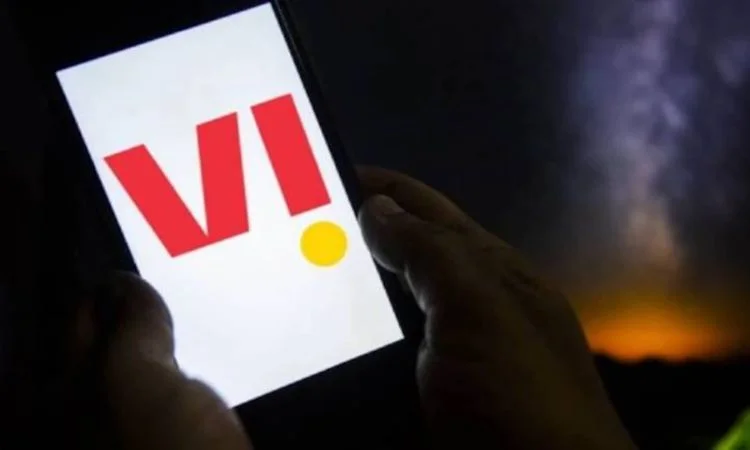Vodafone Idea is embarking on a fundraising activity which will be one of the largest of its kind to save itself from incurring any major loss. Wreaked by price wars and stiff competition the telecom giant aims to draw modest yet formidable capital of Rs. 10 billion U.S. dollars via ‘Follow-On-Offer’ or FPO. However, will this tectonic capital multiply or put this deep rooted issues to an end?

Of all the things Vi has been battling with, hugh debt load seems to be utmost challenge in her life mainly because of arrears in government payment. Jio and Airtel have also contributed to the price war that keeps eating into revenue pool of the company. Consequently, the carrier has been bleeding out money during each quarter, which may lead to irreparable harm of the business processes and its performance in developing the network infrastructure.
These issues of deficiency were still further aggravated last year when the Supreme Court made the public telecom industry pay years of unpaid dues relating to license fees and spectrum charges among other fees. The part of Vi that is responsible for such an undertaking amounts to an unexpectedly huge sum of Rs.50,000 crores. The negotiation with DoT made the payment schedule a bit flexible, but it was still under acute stress financially.
Through this FPO, Vi aims to raise funds to pay some of these statutory dues, invest in 4G networks and clear vendor payments. The company says this infusion will help improve its financial and operational performance over the next few years. However, some analysts are skeptical if Rs. 18,000 crores will be sufficient, given the scale of Vi’s challenges. Its total debt currently stands at over Rs. 2 lakh crores.
Even if the FPO is fully subscribed, Vi will continue to lag far behind competitors in critical areas like spectrum holdings, infrastructure quality and ability to offer attractive data plans. Regaining lost users and competing on an equal footing may require significantly higher investments. Its operations across several circles also reported losses in the recent December quarter.
Vi will need to couple the fundraising with a credible turnaround strategy to convince investors. This should include measures to improve average revenue per user, reduce costs aggressively, focus on high-paying customers, raise tariffs and monetize non-core assets. Without a comprehensive revival plan, doubts remain if this capital alone can really help Vi survive in the long run.
Only time will tell if Vi’s bold FPO move manages to solve its deep-rooted financial and operational troubles. To succeed, the telco will have to demonstrate tangible progress on the business front even as it lightens its balance sheet with the fresh funding. It is a make-or-break moment for the company to either cement its place in the market or face an uncertain future.















